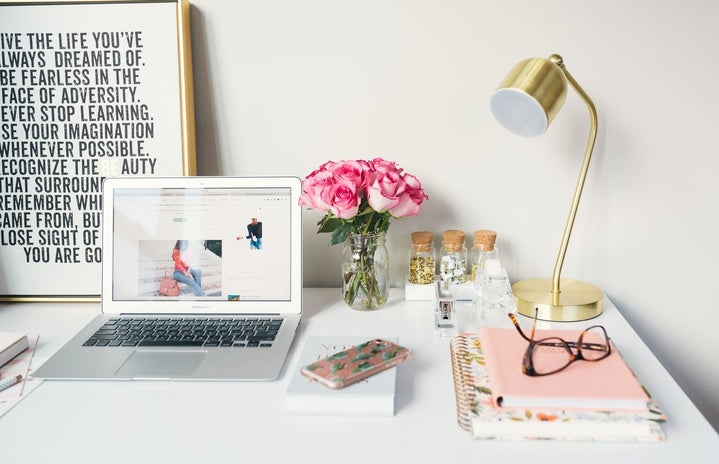Periods. No one really likes them. They are messy, exhausting, and bloody (literally) annoying. They also produce billions of tons of plastic each year with disposable products. There are plenty of problems with disposable tampons and pads. Firstly, an average pad contains almost as much plastic as four plastic bags. So, let’s say an average female has around 450 menstrual cycles during their lifetime; if the period takes average of 5 days and each use around 5 disposable menstrual product a day the number of products that will end up in landfill is around 11,250 for only one person. This means… well you do the maths, but a hell of a lot of plastic waste. Moreover, most brands also use dioxin, a fragrance, which is known to be an endocrine disruptor and may make your period cramps worse. I know, it would be so much easier to throw your pads in the bin and forget that periods ever happened, but that is definitely not going to make you look like the hipster you are – and it’s not going to help the environment.
I tried the three most popular reusable products in order to reduce my period waste and to provide you with some alternatives.
Menstrual cup
Well I have to mention first that these have existed since 1930, but they have only become popular in the past couple of years. However, I was a bit concerned about menstrual cups, as I am not a big fan of tampons during my period. After the initial suffering of getting my cup up in the right place it was a pleasant experience. It doesn’t absorb blood but catches it, thus the cleaning process of it is pretty simple: empty it and wash it in hot water. I found it more hygienic too. You only have to change it every 12 hours, which makes your life on a busy day so much easier. It comes in different sizes as well to suit different anatomy. The price range is between 12-25 pounds depending on the brand, which is reasonable since you can use a menstrual cup for up to 10 years. Really, the only thing that could be tricky is placing the cup for the first time, but you know what they say – practice makes perfect, so why not start practicing now and save the world at the same time!
Period pants
A pair of pants. That absorbs your period blood. That simple. And yet, I was so scared to try it! Because, what if it doesn’t absorb all of it, or if it is uncomfortable? It was a strange experience at first, I have to admit, I was running to the toilet every 5 minutes to see if the pants did their job and my jeans were still okay. But after accepting that only a pair of pants are able to take care of my period, it was the most convenient solution ever. You only have to change it twice a day and depending on your flow there are different absorbency levels: super light, light-moderate, moderately-heavy, heavy/overnight, moisture wicking, and maternity too. Rinse them with cold water until the water runs clear and pop them in a laundry bag on a cold wash cycle. Don’t soak, and do not use fabric softener as it breaks down the natural fibres.
Cloth pads
If you are someone who prefers pads to tampons or are concerned about menstrual cups, cloth pads are a good choice. They are easy to wear, you just have to clip it to your underwear, and use it as you would a regular pad. There are different sizes depending on your flow too. The cleaning of it might be a little more time consuming than the menstrual cup, but it is still pretty simple: keep the pads under running cold water until the water runs clear. From there, you soak them for 24 hours in cold natural detergent and then pop them in the washing machine with your laundry as usual. The price range is again between 12 and 25 pounds, but you can use these for years with good care. I did enjoy using reusable pads, but I wouldn’t recommend them whilst having a stronger flow or for traveling, as cleaning these pads takes time.
What to do with your unused disposals?
Don’t throw them away! Donate them to community groups or organisations who help those who need it the most. Alternatively, you can donate them to local women’s shelters near you.
Sources of images used in the article
Picture 1: https://www.glamour.com/story/10-women-share-why-they-cant-live-without-their-menstrual-cup


